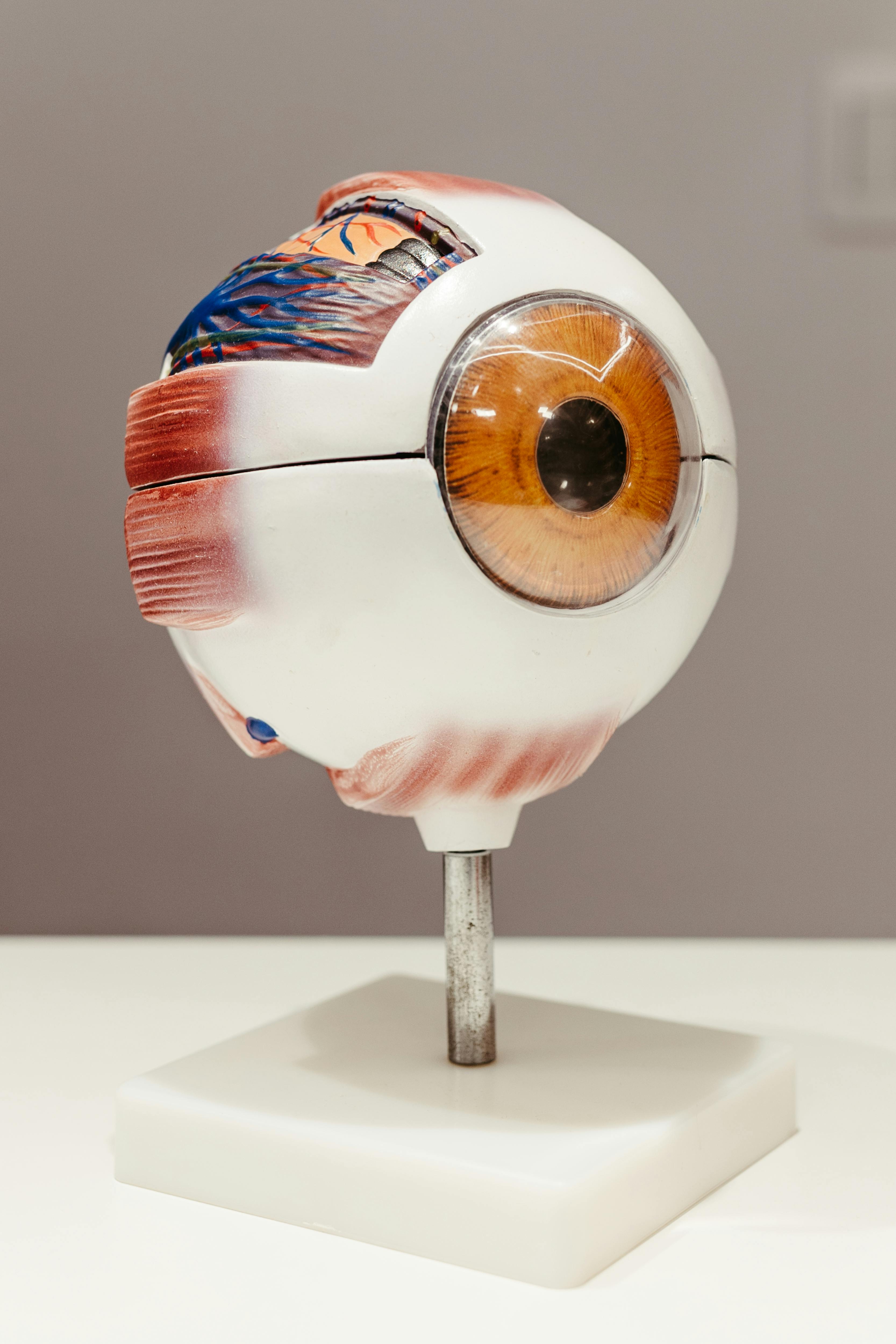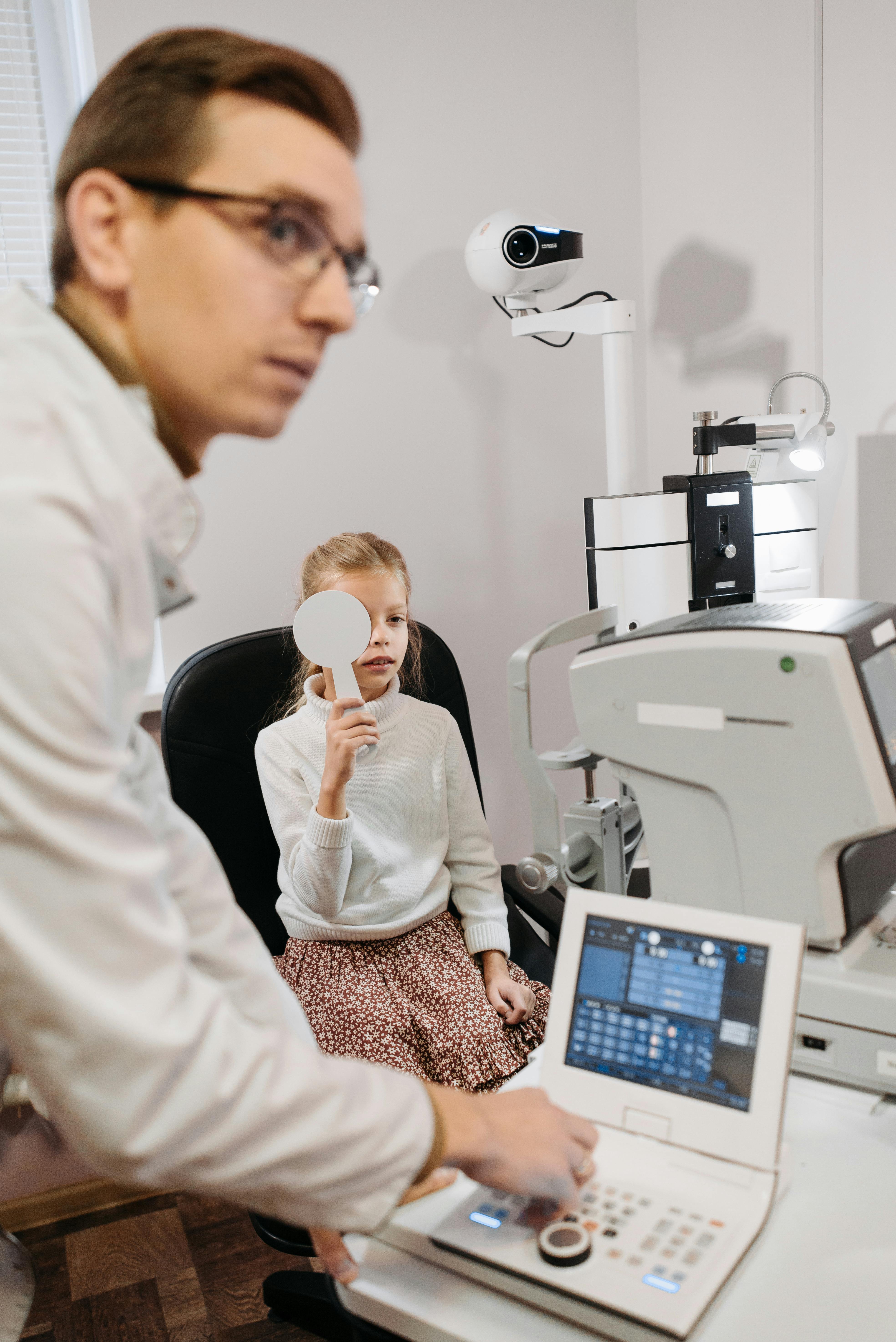Have you ever wondered what it takes to become an eye doctor? At Sight To See Eyecare & Eyewear, we believe it’s important for our patients to know they’re in knowledgeable, capable hands. Becoming an optometrist is no small feat. It takes years of education, clinical training, and a passion for helping people see their best. Here’s a behind-the-scenes look at the journey your optometrist took to get here.

Bachelor’s Degree (4 Years)
The road to becoming an optometrist starts in college. Most future eye doctors earn a Bachelor of Science degree with a focus on biology, chemistry, or other health-related fields. During undergrad, students take challenging courses like:
Anatomy & physiology
Organic chemistry
Physics
Microbiology
Psychology
They also begin gaining clinical exposure by volunteering or working in eye care settings, which provides early steps in understanding the patient care side of optometry.

Optometry School (4 Years)
After college, it’s time for optometry school, which is a four-year doctoral program that leads to the degree Doctor of Optometry (O.D.). There are only a handful of optometry schools in the U.S. and getting in is competitive. Once admitted, students dive deep into vision science, optics, and ocular health.
Coursework includes:
Ocular anatomy and disease
Pharmacology
Contact lens and glasses prescribing
Pediatric vision care
Binocular vision and eye movement disorders, and more
Alongside classroom learning, students begin seeing real patients under supervision, gaining hands-on experience in vision exams, diagnosing conditions, and managing eye diseases.
Clinical Rotations
In the final year of optometry school, students complete externships at clinics, hospitals, or private practices. These rotations help them:
Work with diverse patient populations
Manage advanced eye conditions (like glaucoma or diabetic retinopathy)
Learn from experienced doctors in real-world settings
This is where everything clicks. Students apply their knowledge, sharpen their skills, and build confidence as future healthcare providers.
Licensing Exams
Before becoming a practicing optometrist, graduates must pass several national and state board exams. These tests assess clinical decision-making, patient care, and practical skills. Many states also require jurisprudence exams to ensure doctors understand local laws and regulations. Once licensed, they’re officially O.D.s who are ready to care for your vision!

Optional: Residency or Specialization
Some optometrists choose to continue their training with a one-year residency in specialties like:
Pediatric optometry
Vision therapy
Ocular disease
Low vision rehabilitation
Contact lenses
Residencies offer advanced experience and mentorship for those who want to go even deeper into a specific area of care.
A Career Rooted in Caring
For most optometrists, the journey doesn’t stop at graduation. Continuing education is a lifelong requirement to stay updated on the latest technology, treatments, and research in eye care.
We’re proud to bring years of education, training, and experience into every appointment, because you deserve the very best for your eyes and your overall health. We hope you see the difference, with Sight To See Eyecare & Eyewear.






